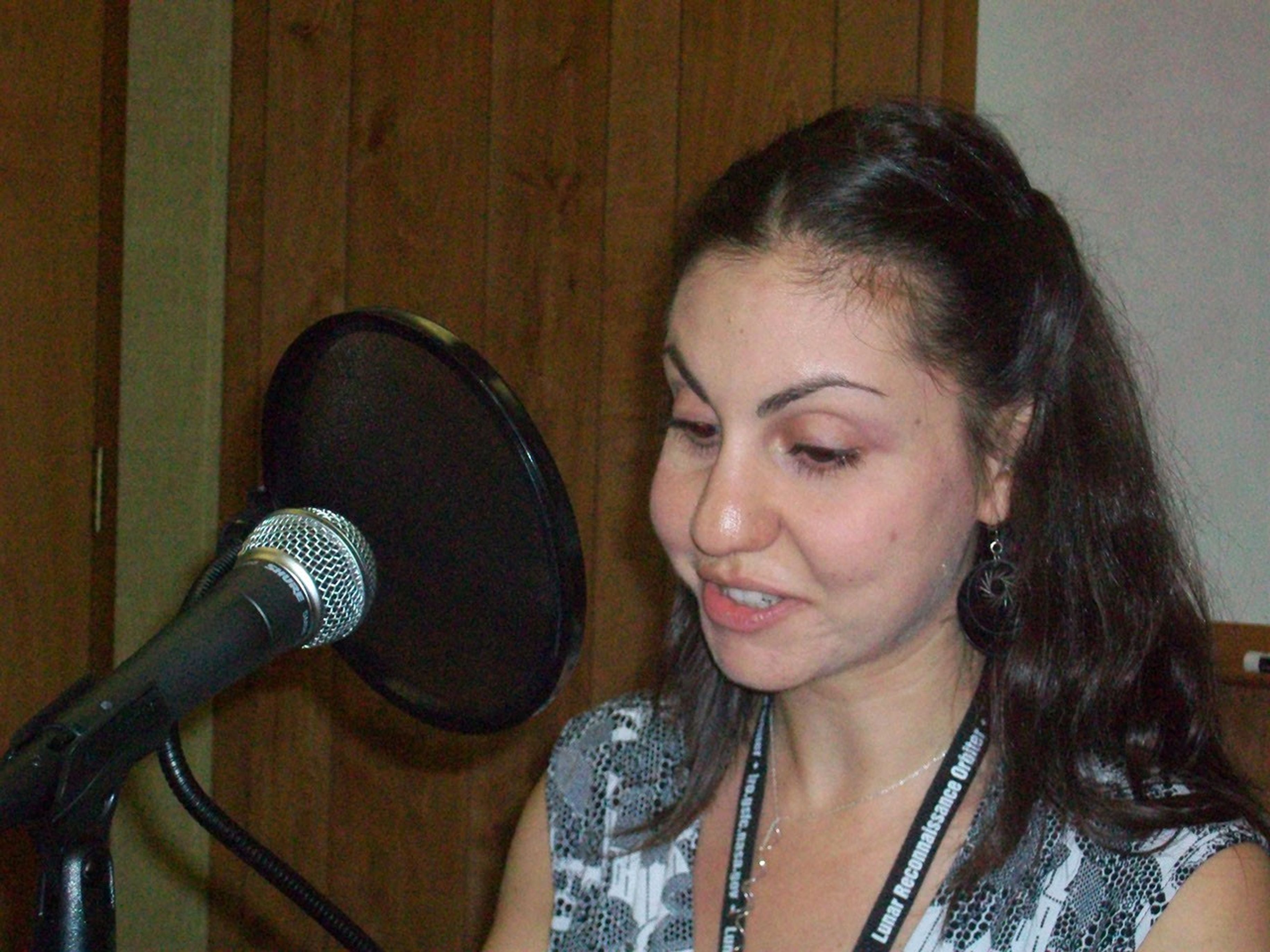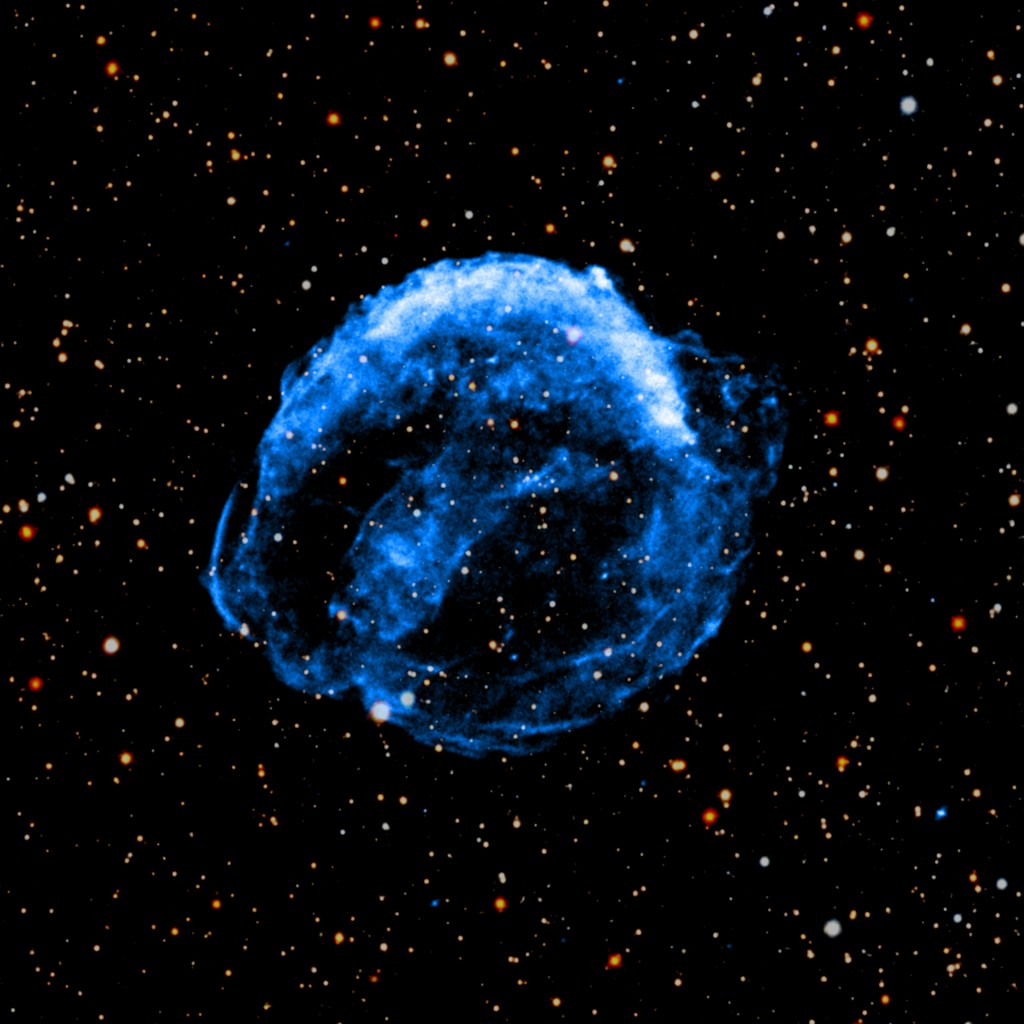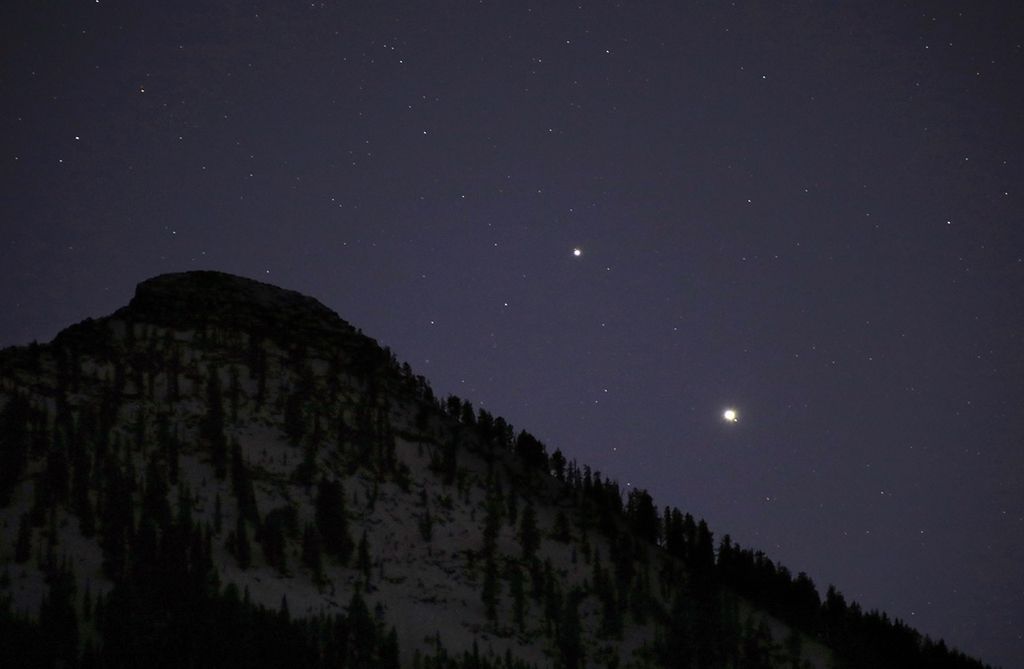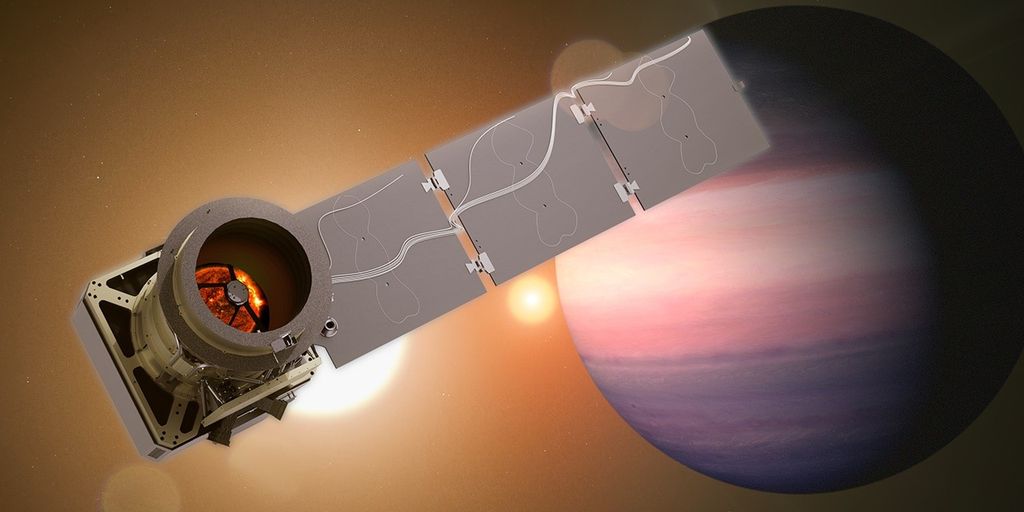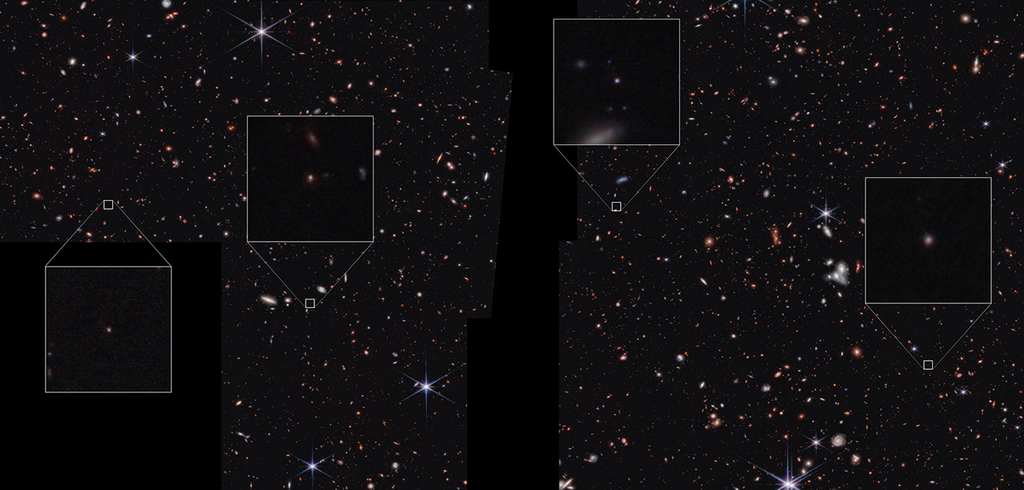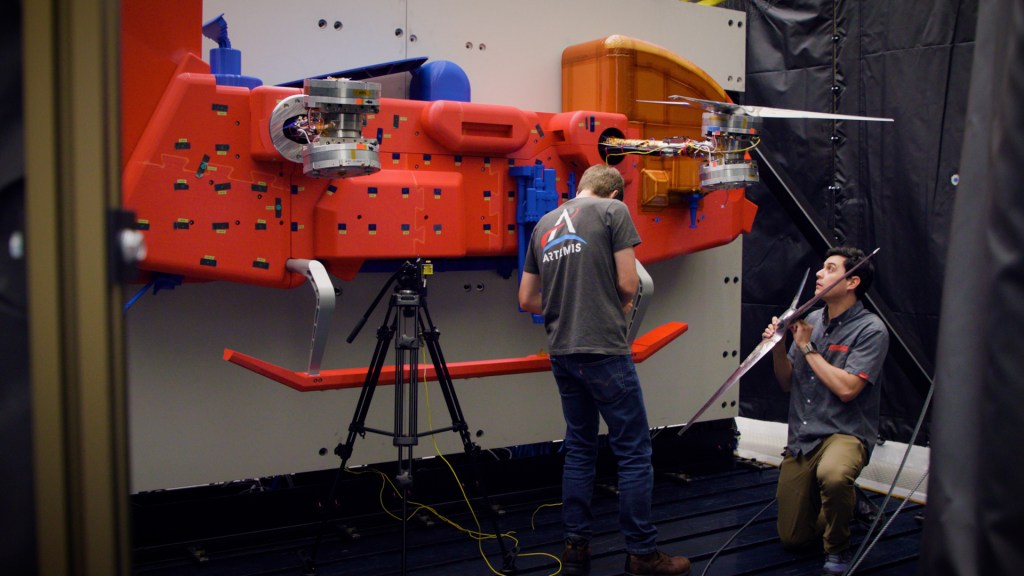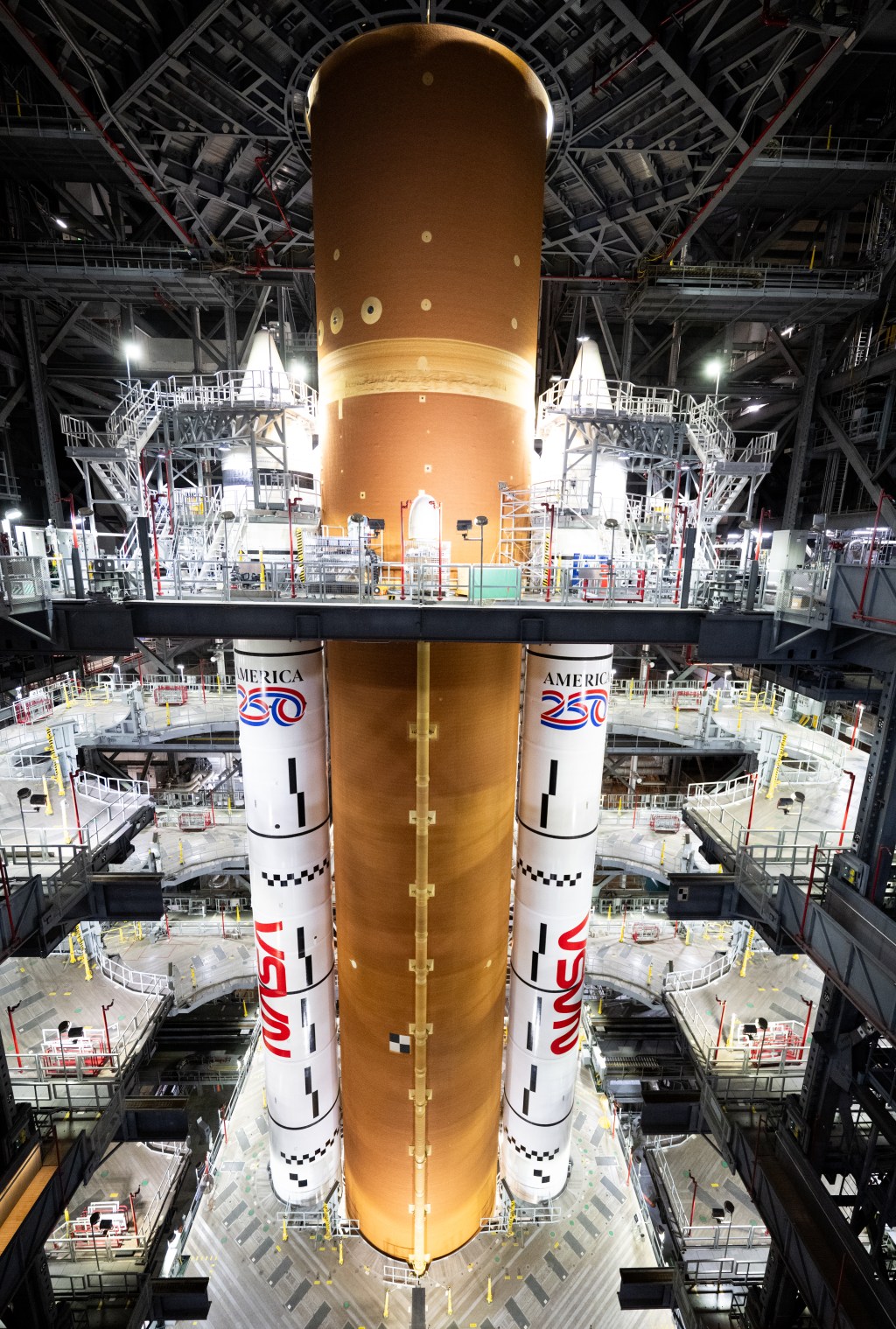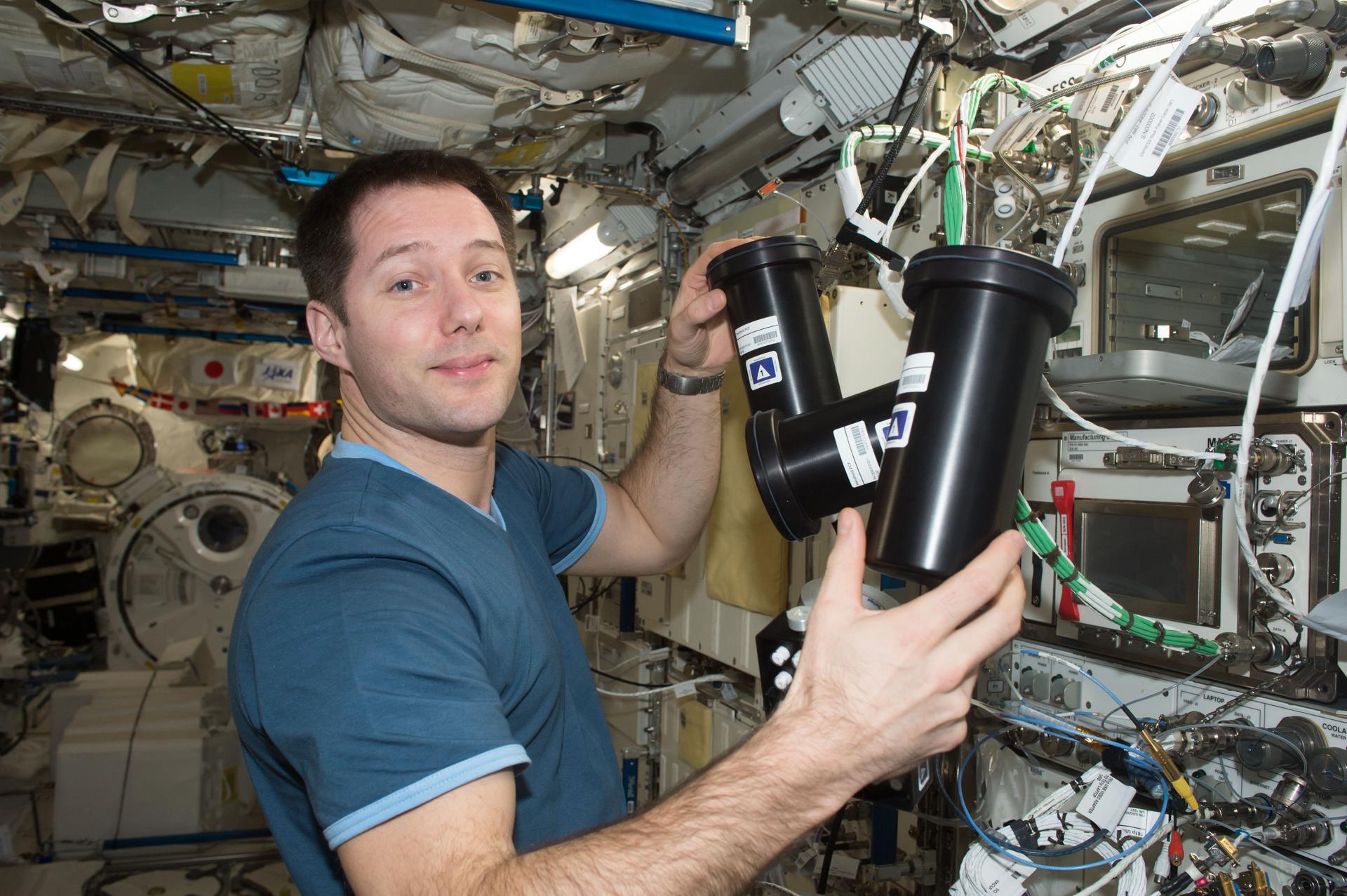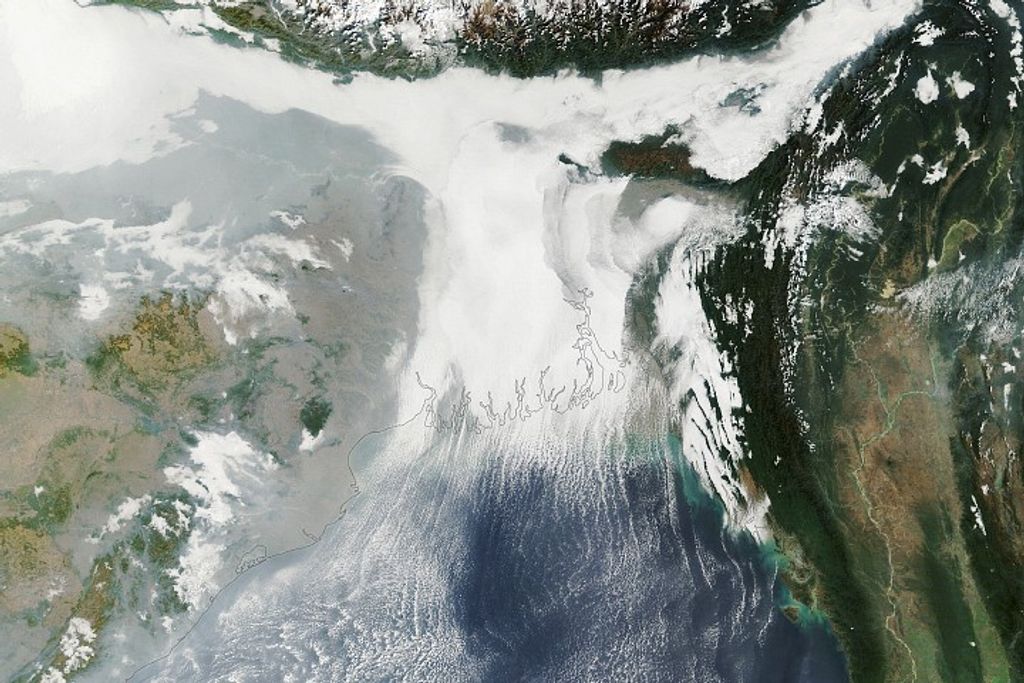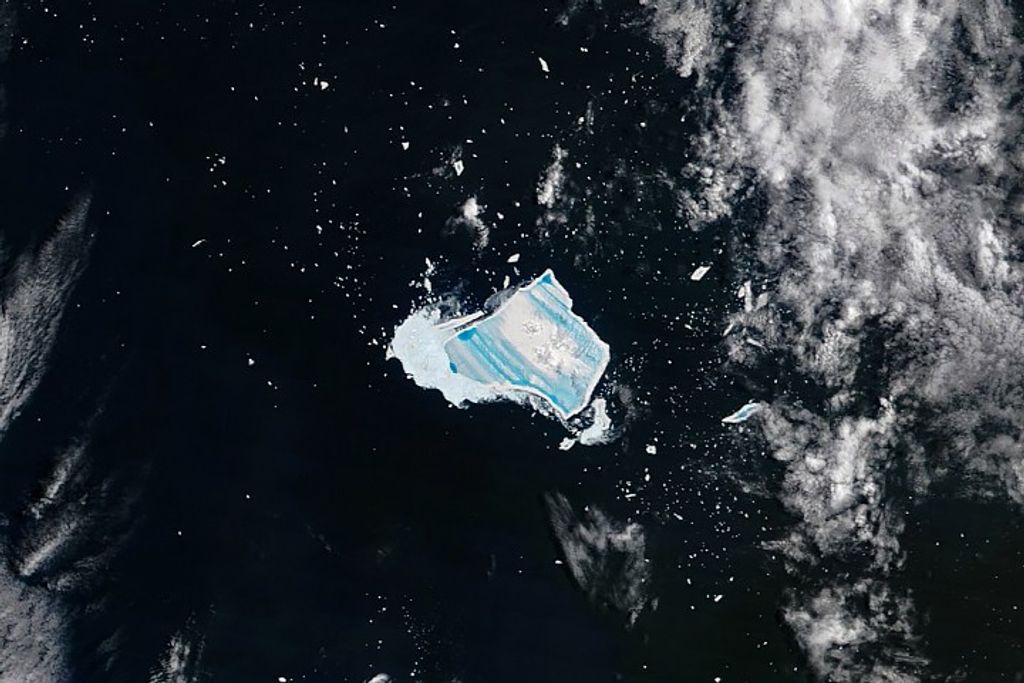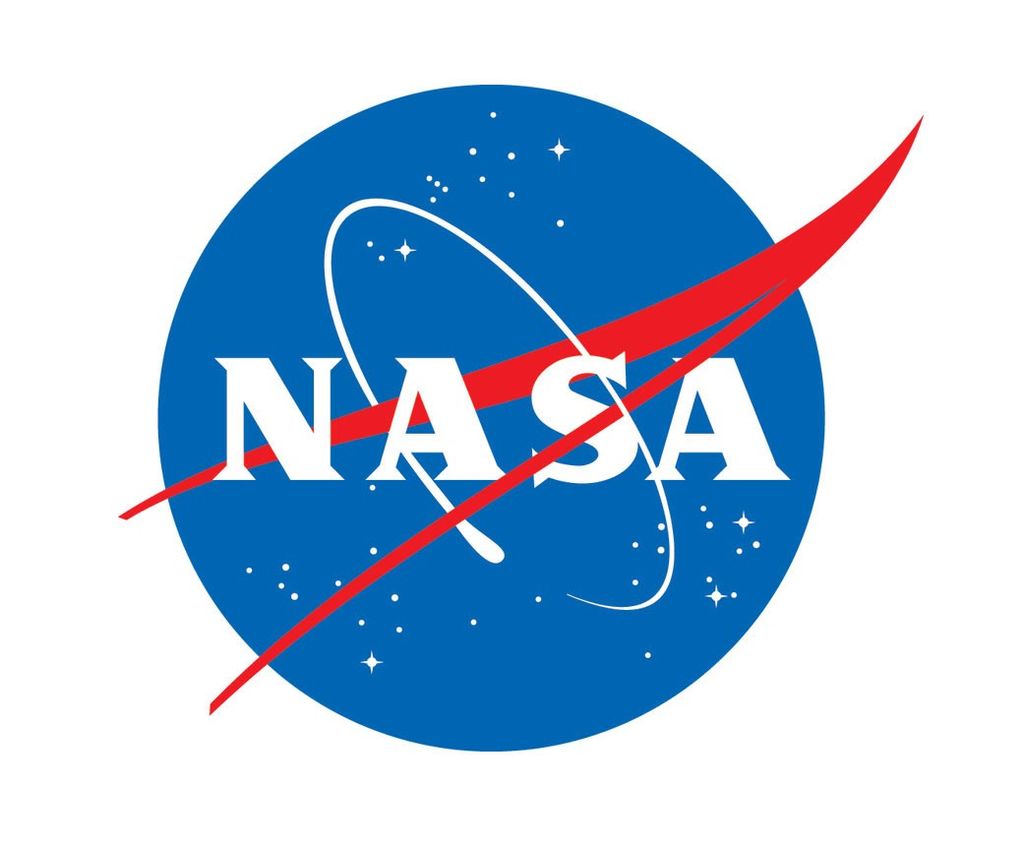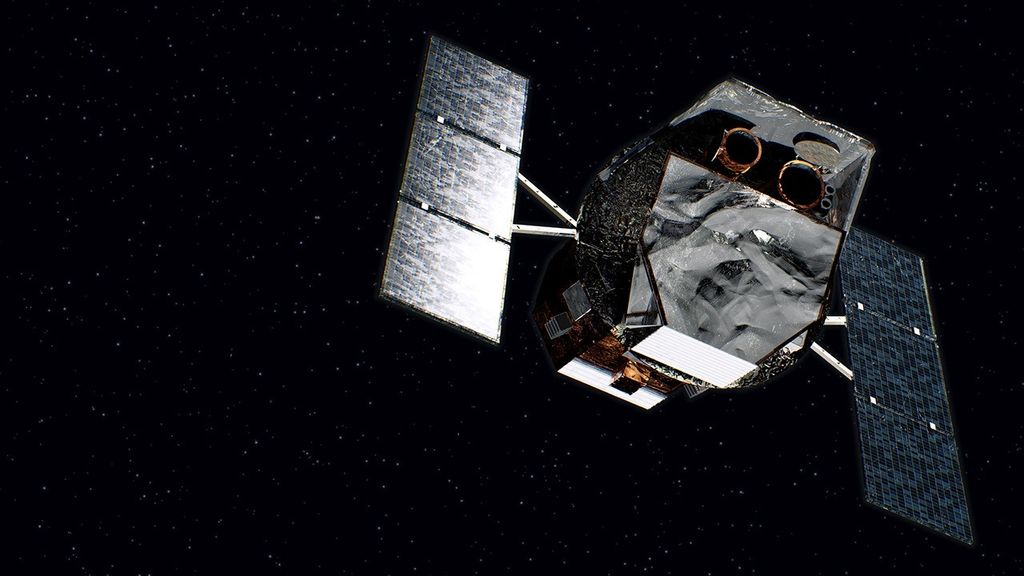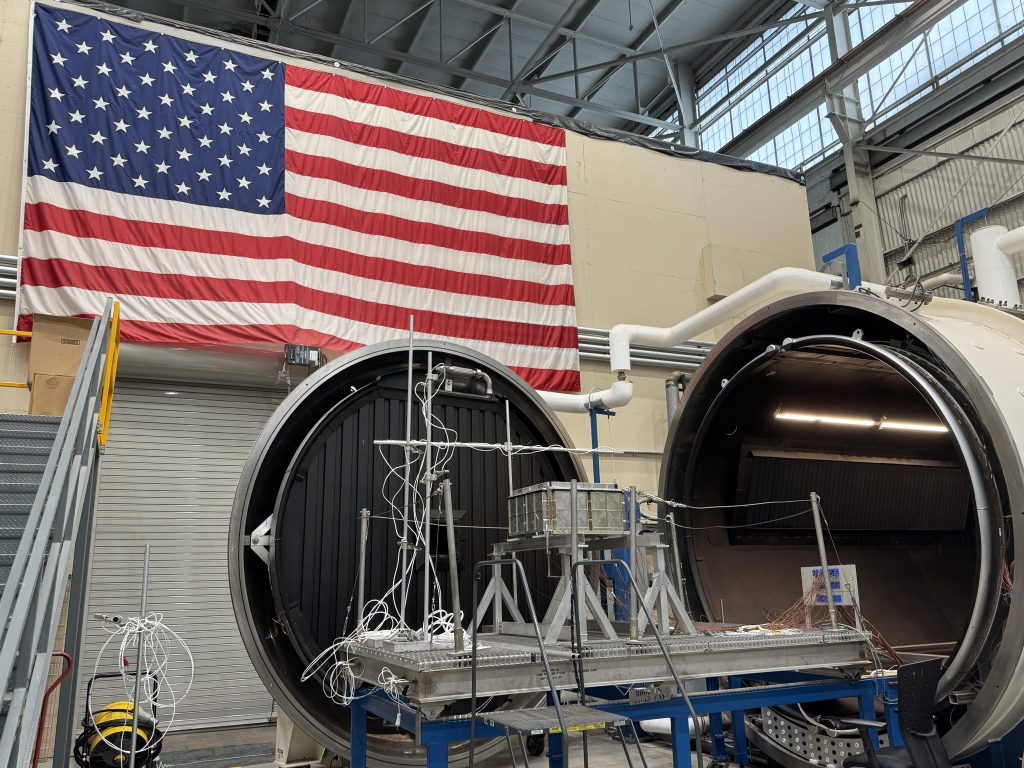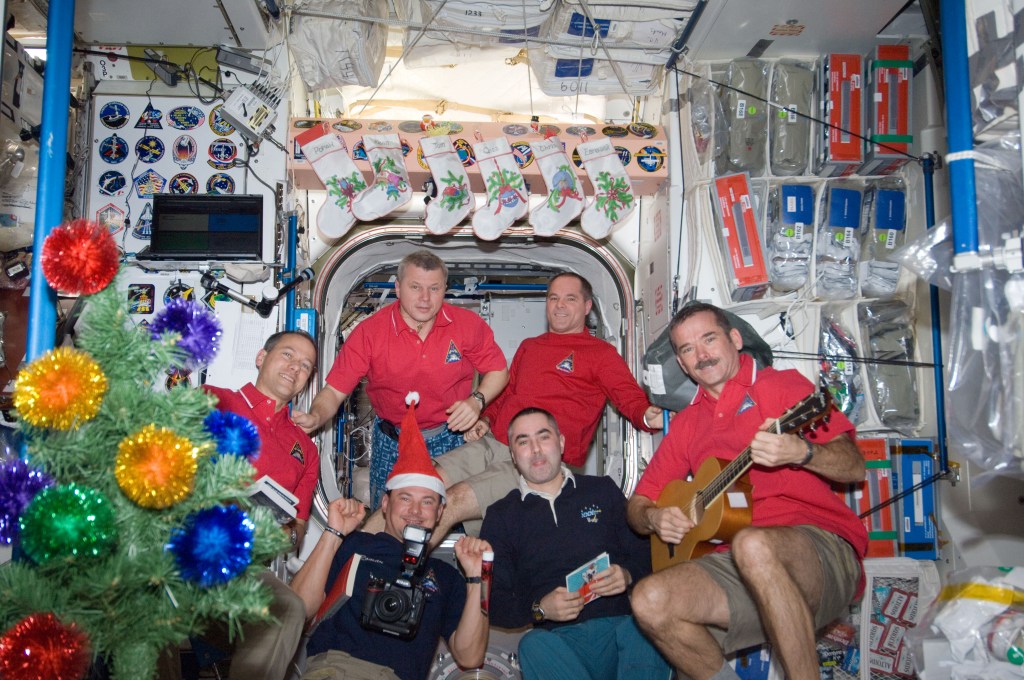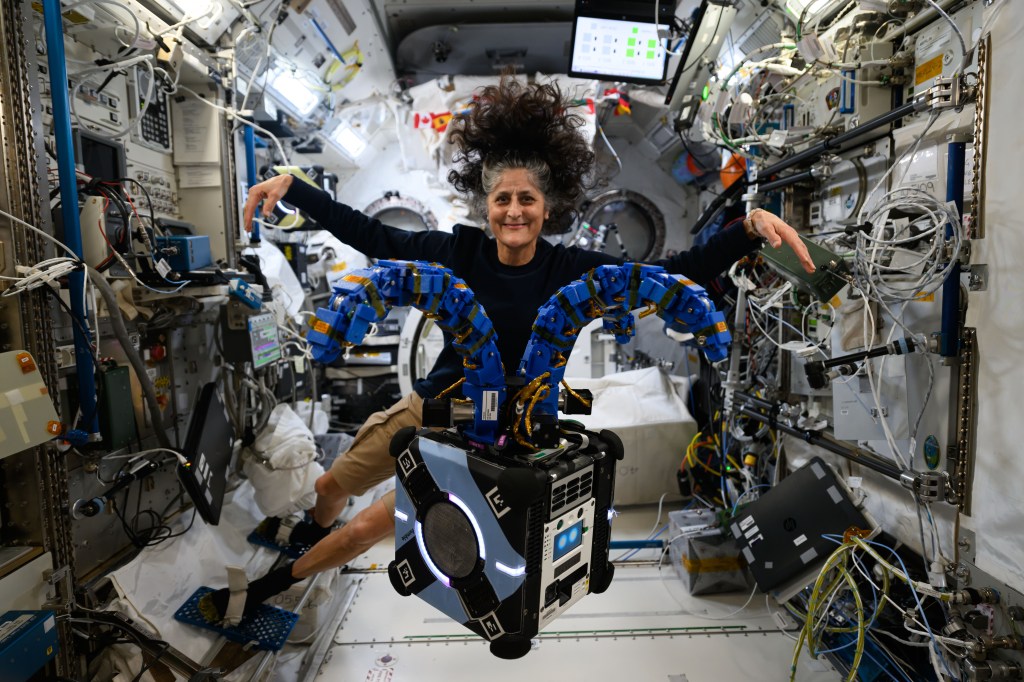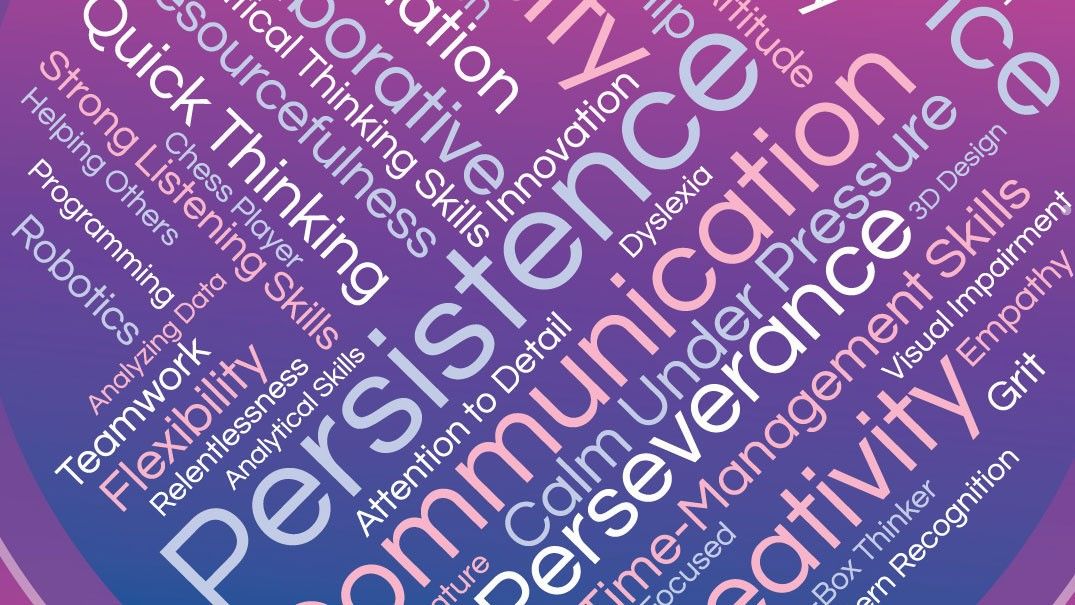NASA Astrobiology Science Communication Guild
We are an international, community-based network of astrobiologists who engage in science communication with diverse audiences and learners.
The NASA Astrobiology Program is proud to hold science communication as one of its core values. We have expressed that value through a variety of creative initiatives over the years such as FameLab USA, and now, the Astrobiology Science Communication Guild. Guild leadership strives to serve its members by bridging astrobiologists into existing outreach, communication, education, and public engagement opportunities. Much like the artisan guilds of old Europe, Guild members come together to build community and support each other as evolving science communicators, and to leverage, innovate, and co-create science communication opportunities. Welcome!
- Daniella Scalice, Guild Co-Founder
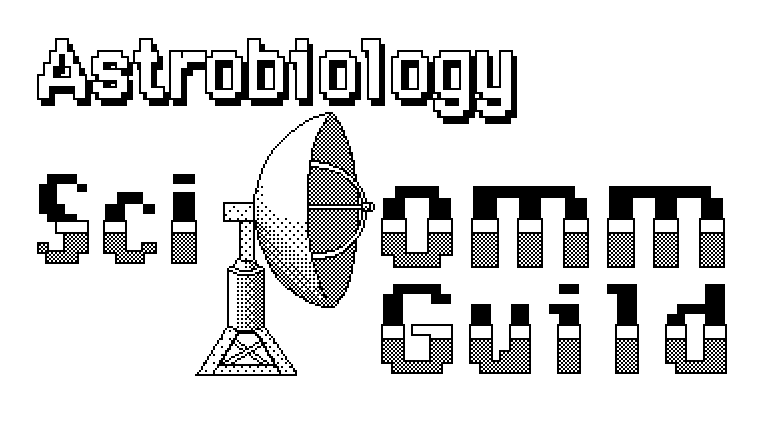
The Astrobiology Science Communication (SciComm) Guild is an international, community-based, community-led network of astrobiologists who engage in science communications with diverse audiences and learners. The purpose of the Guild is to help members in their evolution as SciComm practitioners (to both their research peers and to the public) by connecting astrobiology subject matter experts (SMEs) to science communication opportunities through NASA and external partners, especially NASA’s Science Activation program (SciAct). We have three objectives:
- Objective 1: Guild members will contribute astrobiology expertise to SciComm opportunities, initiatives, programs, and projects through NASA and external partners.
- Objective 2: Offer members opportunities to practice science communication and receive trainings (i.e., professional development) that will increase the tools that members will have available in their journey as well-rounded researchers and science communicators.
- Objective 3: Facilitate community building and support for SciComm initiatives through a shared interest in astrobiology science communication.
Membership
Our members are diverse and span different interests within astrobiology. Want to join? You are eligible if you are a practicing researcher who self-identifies as astrobiologist (or a student in training to become one), an astrobiology science communicator, and/or an educator who teaches astrobiology. If you are eligible and would like to join to receive information about Guild SciComm opportunities, please email svetlana.shkolyar@nasa.gov.
NASA SCoPE Engages and Empowers at AbSciCon ’24 with Gaming Activities
At AbSciCon, a game night co-hosted by Astrobiology SciComm Guild, fused mission planning and education.
Read the Story
Meeting Recordings
To view Astrobiology SciComm Guild meeting recordings, visit the Astrobiology SciComm Guild YouTube page. Contact svetlana.shkolyar@nasa.gov to be connected to an opportunity presented by a past Guild speaker.
Europa Trek: NASA Offers a New Guided Tour of Jupiter’s Ocean Moon
NASA Science Activation's Solar System Treks collaborated with Astrobiology SciComm Guild SMEs to create enhancements to the Europa Trek portal.
Read the Story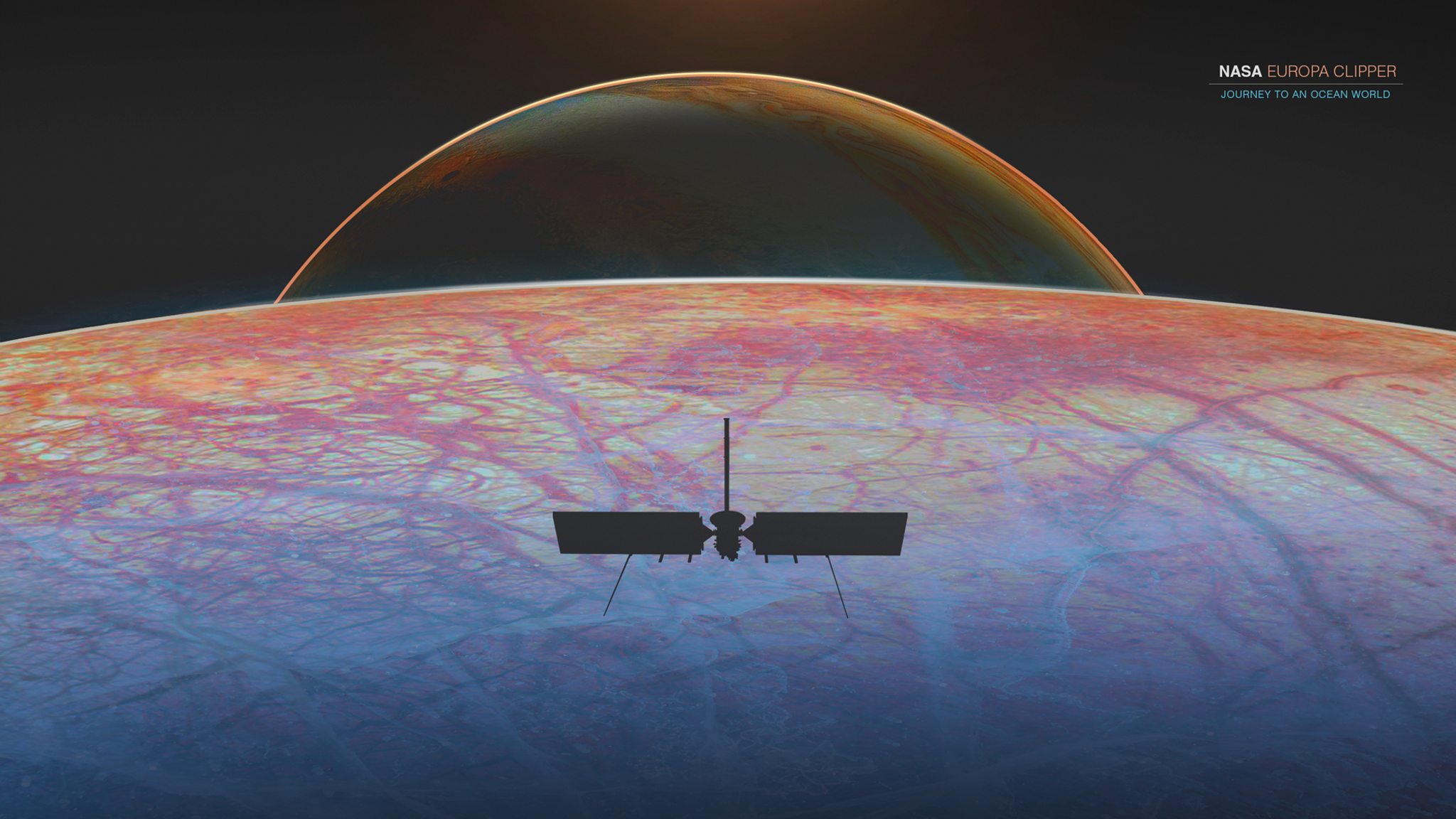
Guild Leadership
Dr. Svetlana Shkolyar, Astrobiology SciComm Guild Implementation Lead
Dr. Svetlana Shkolyar is an astrobiologist who specializes in developing life detection techniques and strategies on planetary surfaces using laser spectroscopy instruments, particularly on present and upcoming Mars missions. She is currently the community engagement lead for NASA’s Center for Life Detection, where she leads CLD’s engagement strategy to increase awareness and participation in tools to help life detection mission planning efforts.
She is also passionate about using the powerful narrative of astrobiology to engage students and the public in learning science and recognizing its importance in society. In her role as an educational liaison between the NASA Astrobiology Program and NASA’s Science Activation program, she bridges astrobiology resources and subject matter experts to public education and engagement programs.
When she’s not doing astrobiology, she is doing science experiments of a different kind – in her kitchen. The ultimate experiment is whether her two kids, ages 2 and 6, like her creations.
